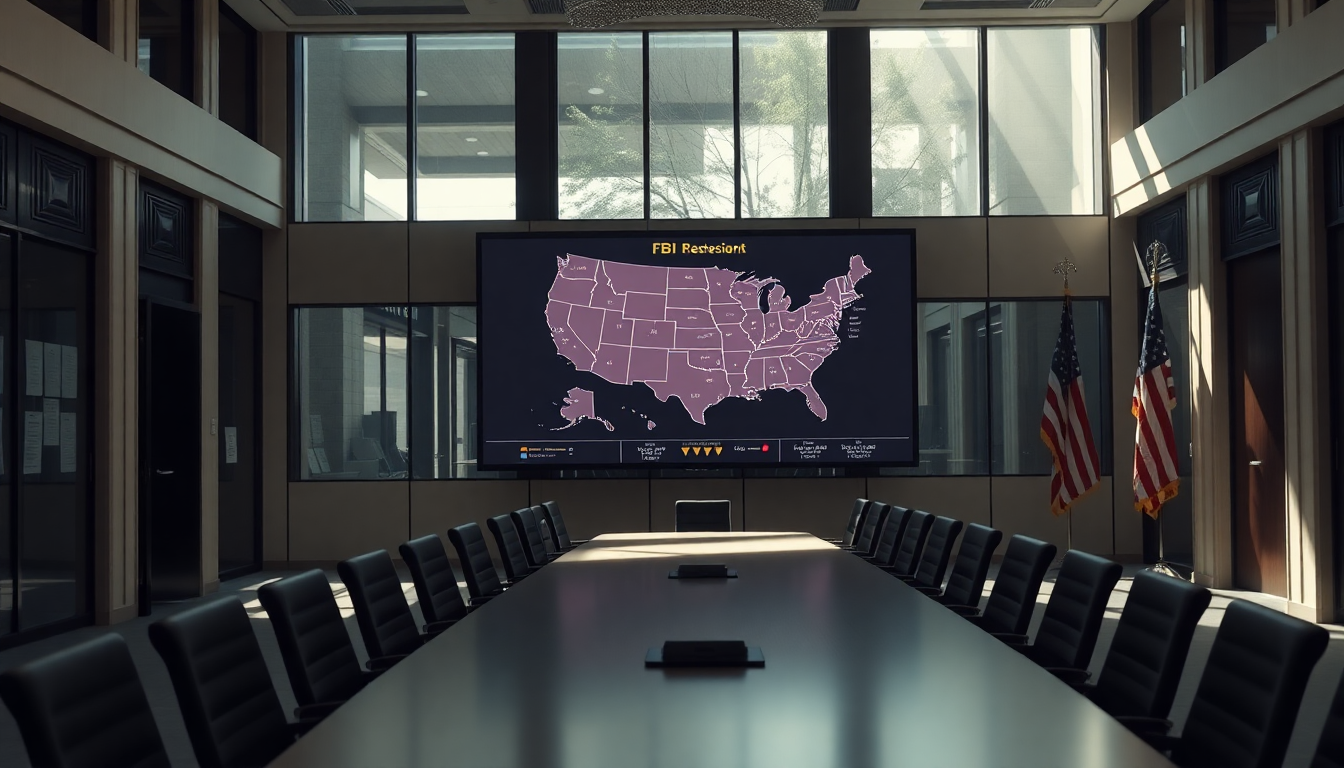Table of Contents
The landscape of law enforcement is continually evolving, driven by the need for effective leadership and strategic vision. Recently, Andrew Bailey was appointed as co-deputy director of the FBI alongside Dan Bongino, marking a significant shift in how the Bureau plans to tackle crime and enhance public safety.
But what does this leadership transition really mean? In this article, we’ll explore the implications of this change, get to know the new appointee, and examine the broader context of law enforcement under the current administration.
Leadership Transition in the FBI
When key leadership changes occur within law enforcement agencies like the FBI, the ripple effects can be profound. Andrew Bailey’s appointment signals a strong commitment to a law-and-order agenda aimed at tackling pressing issues such as crime rates, human trafficking, and overall public safety.
As a former Missouri Attorney General, Bailey brings a wealth of experience, having initiated significant reforms and programs, including an anti-human trafficking task force that addressed over 1,100 reported incidents. Isn’t it reassuring to know that someone with this level of commitment is stepping into such a crucial role?
Attorney General Pam Bondi couldn’t contain her enthusiasm for Bailey’s addition to the FBI, emphasizing his dedication and past successes in law enforcement.
This isn’t just a change of personnel; it’s a clear alignment between the FBI’s objectives and the administration’s broader law enforcement policies. Under Director Kash Patel, the leadership team is keen on implementing strategies that resonate with what the American public expects, especially regarding safety and accountability.
How do you think this alignment will impact the community?
Impact on Law Enforcement Strategies
With Bailey on board, the FBI is set to sharpen its focus on various crime-related issues, including violent crime, human trafficking, and corruption. Under Patel’s leadership, the Bureau has already seen a noticeable increase in arrests, particularly in investigations related to violent crimes against children and drug trafficking.
This is all part of President Trump’s overarching goal of making America the safest country. It’s clear that capable leaders are essential for driving these initiatives forward.
Bailey’s impressive track record as Missouri’s attorney general—where he successfully cleared backlogs in sexual assault evidence and held public officials accountable—suggests that he will prioritize similar accountability measures at the federal level. The collaboration between Bailey and his co-deputy, Bongino, is expected to yield strategic programs that bolster the FBI’s role as a premier investigative agency within the Department of Justice. It’s an exciting time for the Bureau, don’t you think?
Future Directions and Expectations
As the FBI embarks on this transition, the anticipation for increased efficiency and effectiveness in crime prevention is palpable. The administration’s focus on accountability and the prosecution of illicit activities will undoubtedly shape the Bureau’s operational directives moving forward. Plus, the recent federalization of law enforcement efforts in Washington, D.C., highlights just how urgent these changes are.
Looking ahead, the FBI’s commitment to addressing crime, especially in urban centers that are grappling with spikes in violence or drug-related incidents, will be crucial. The collaboration between state and federal law enforcement agencies under Bailey’s guidance might pave the way for innovative approaches to crime, allowing them to tackle issues from multiple angles. This comprehensive strategy could be the key to enhancing public safety for everyone. How do you see these changes influencing your community in the future?





